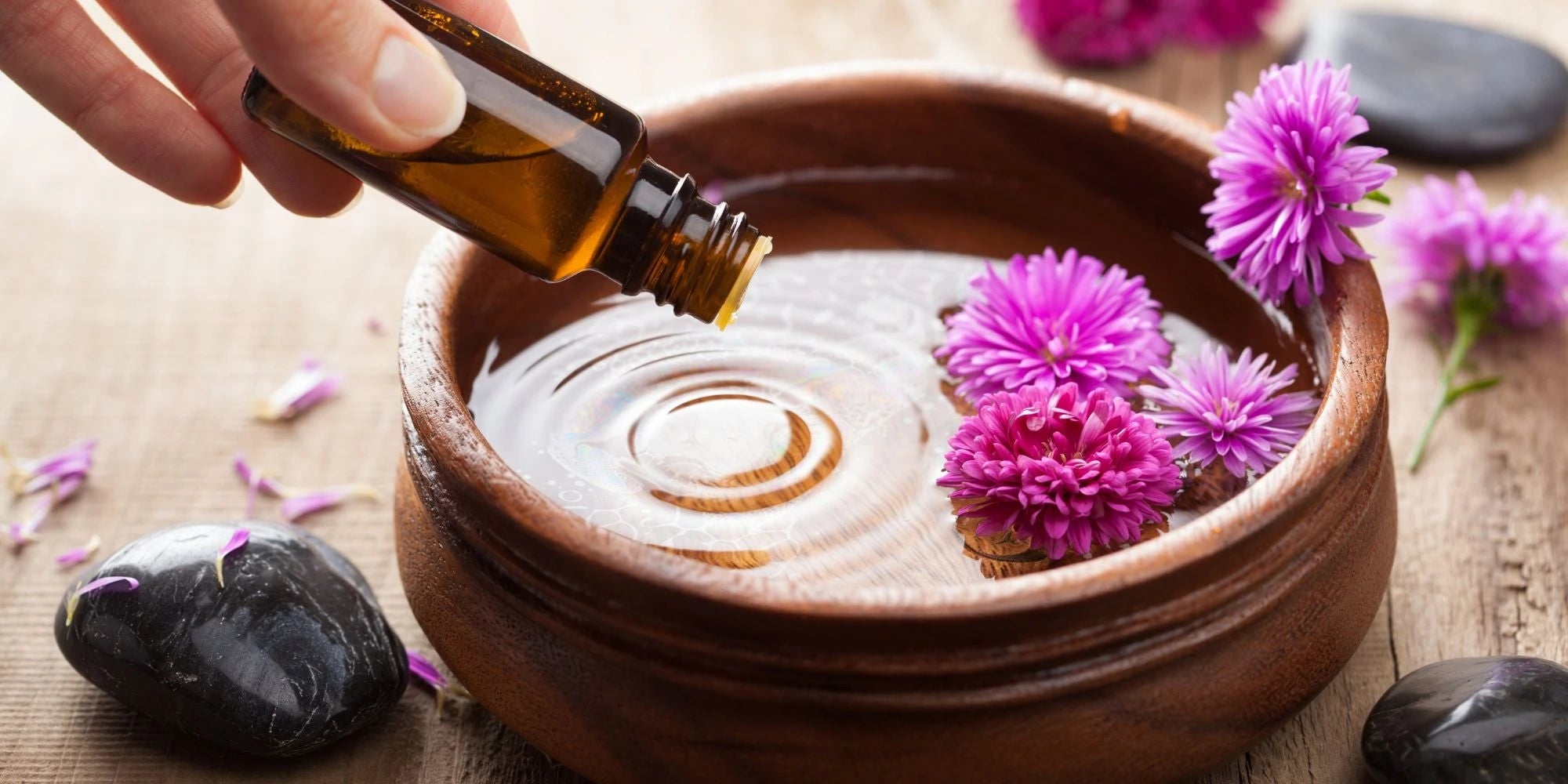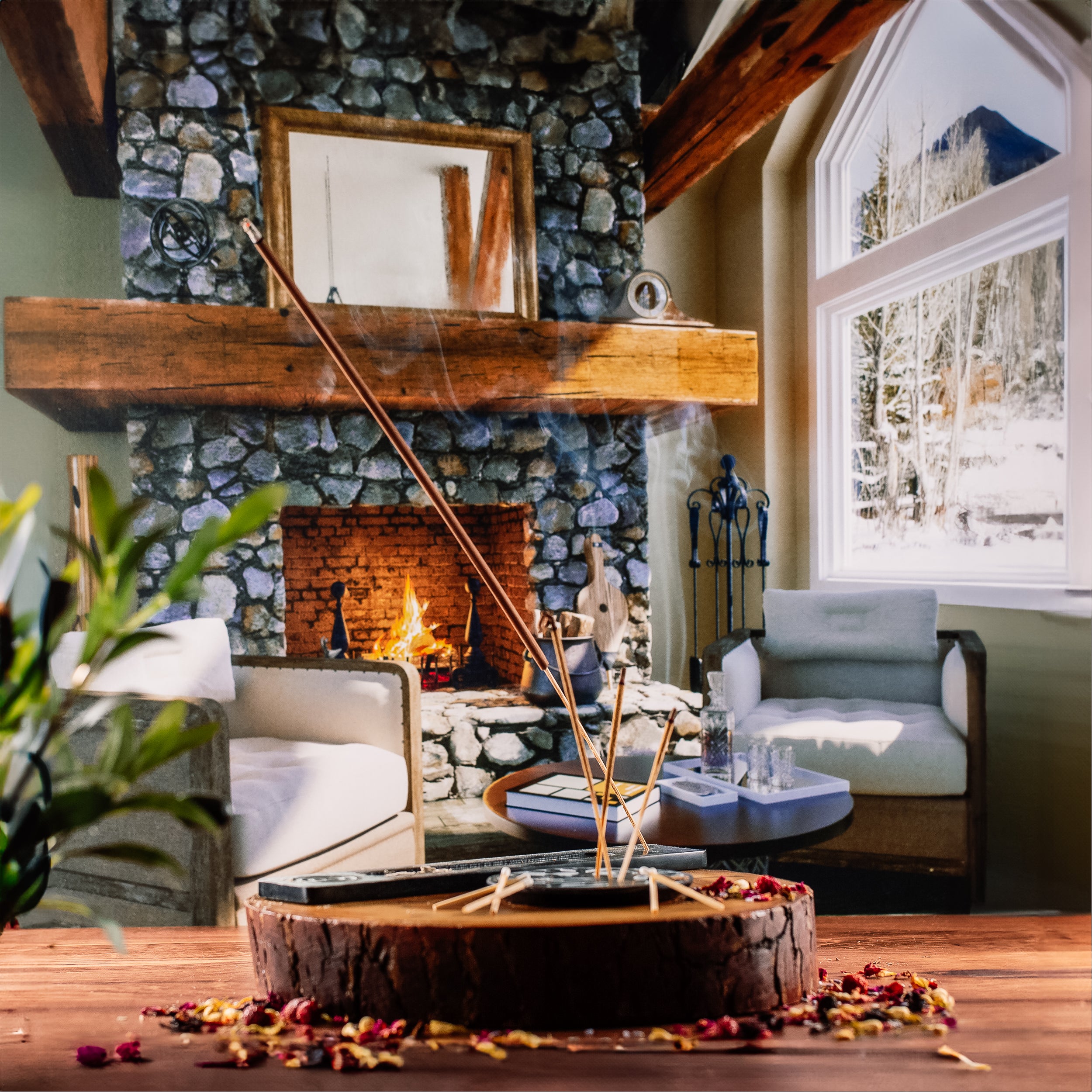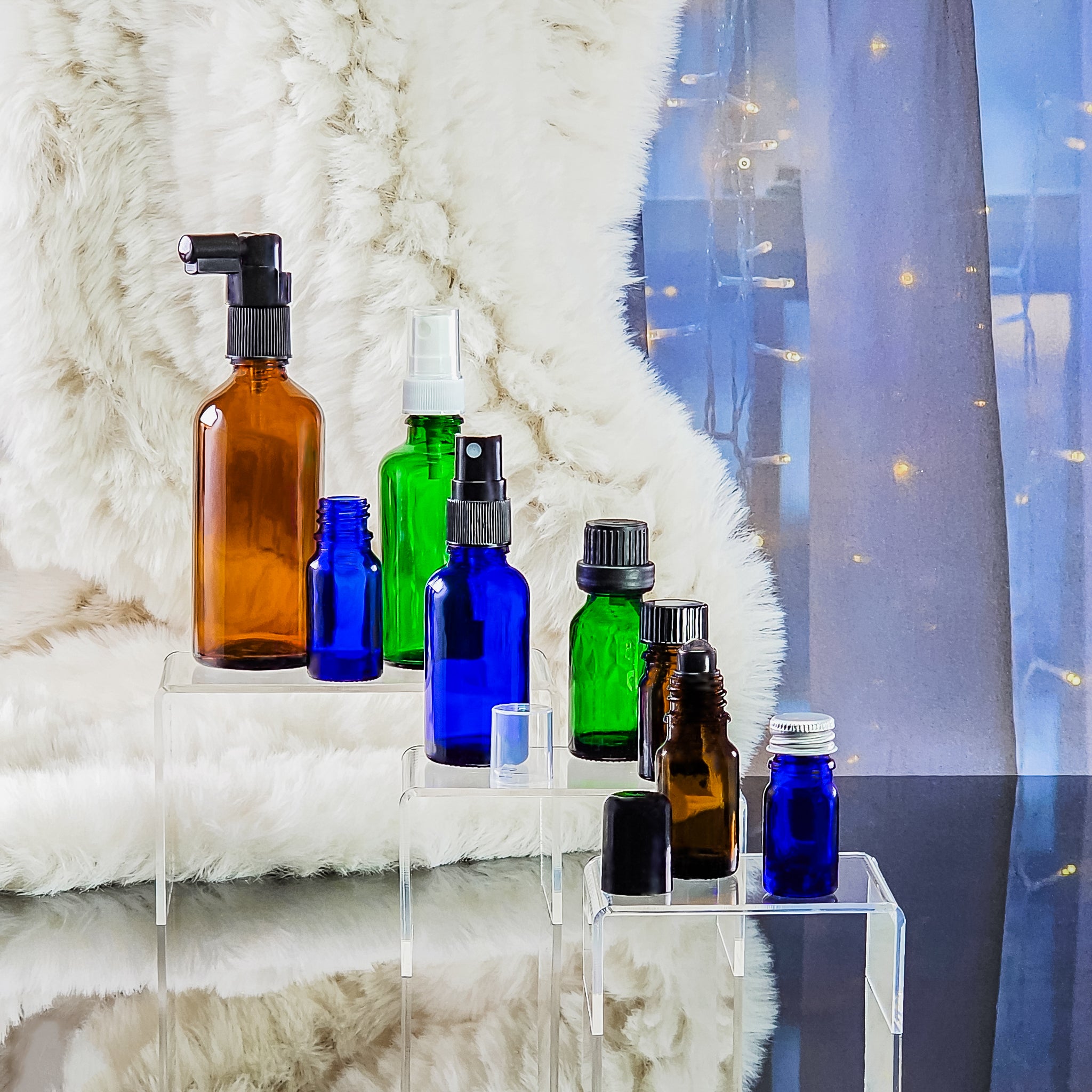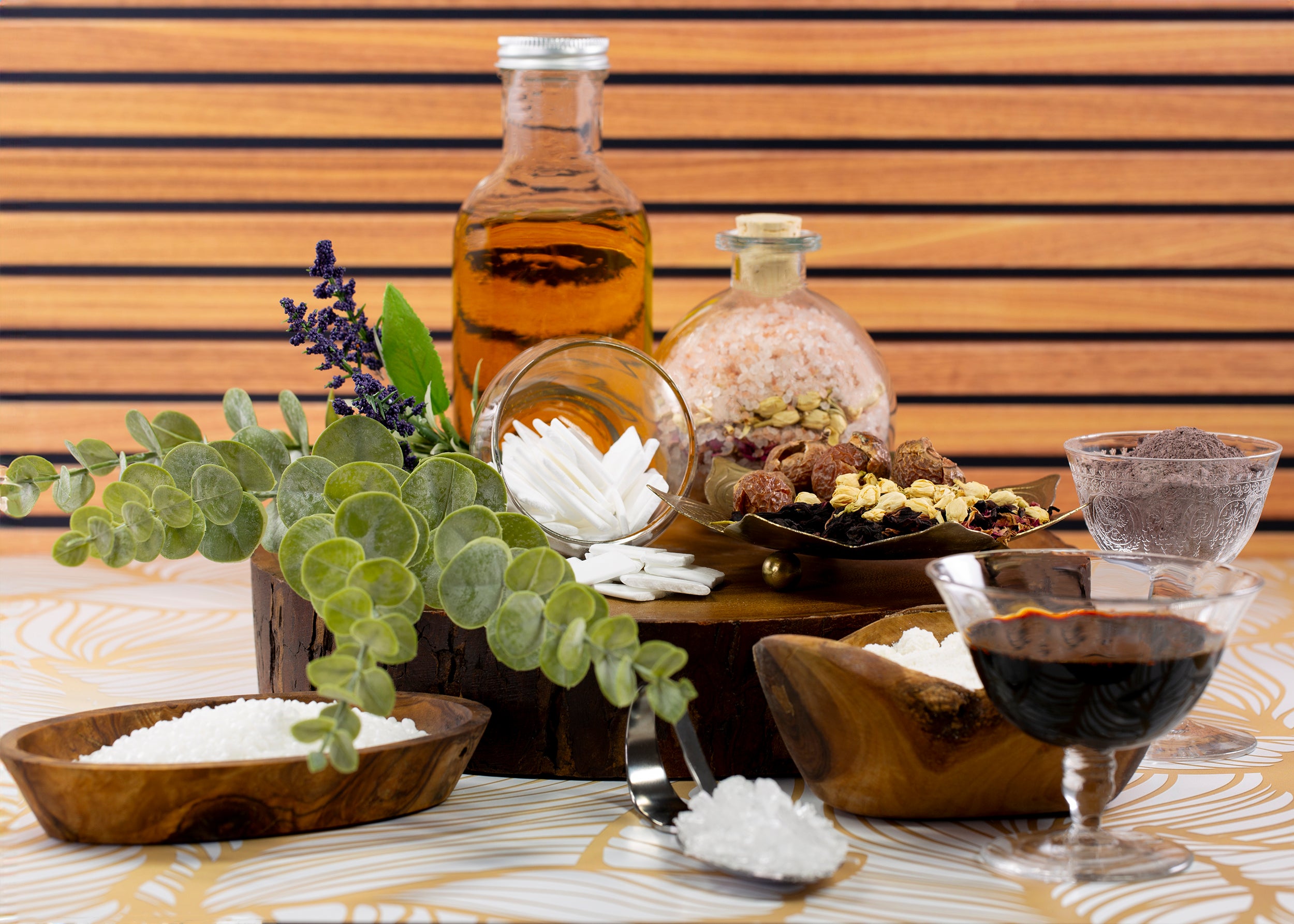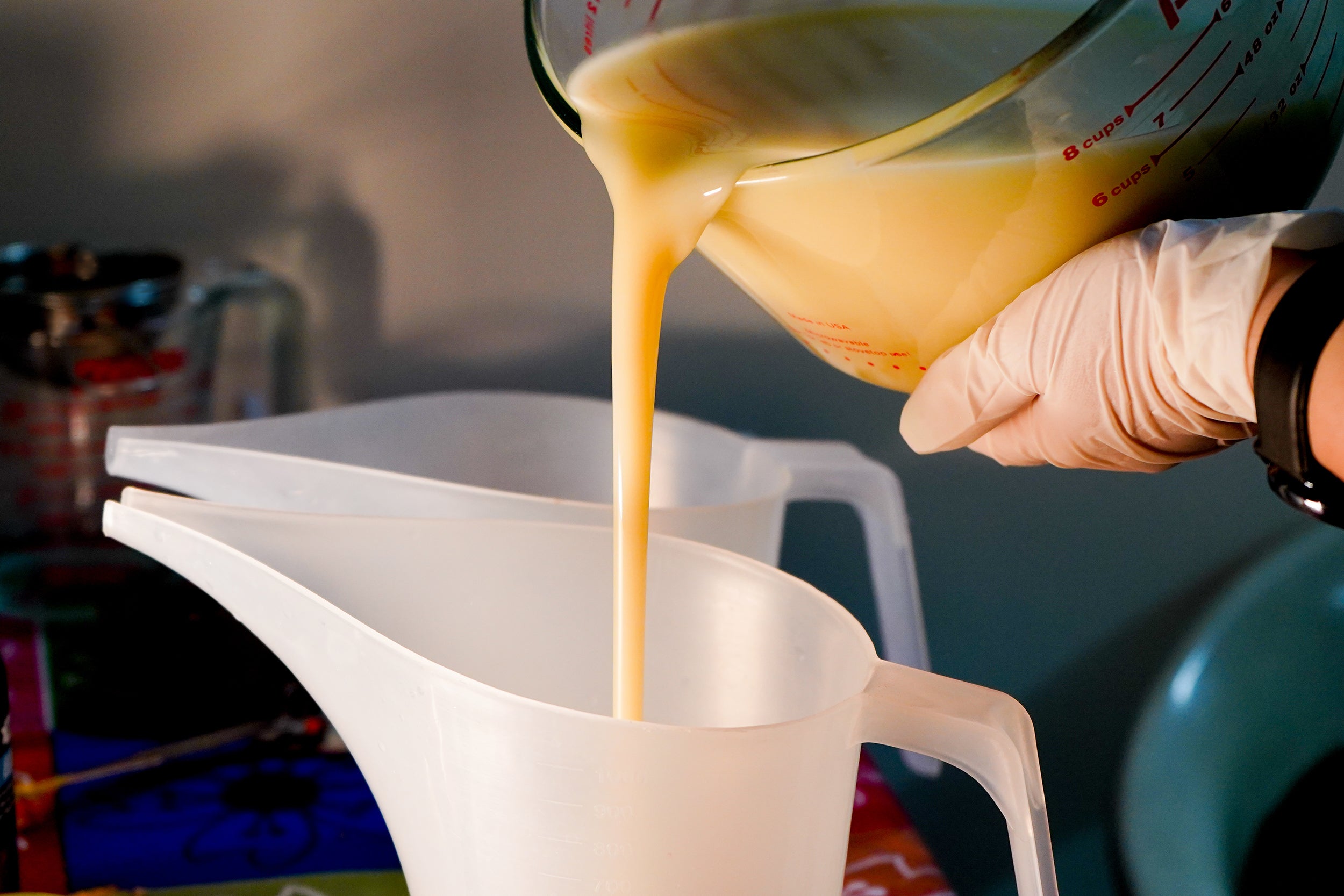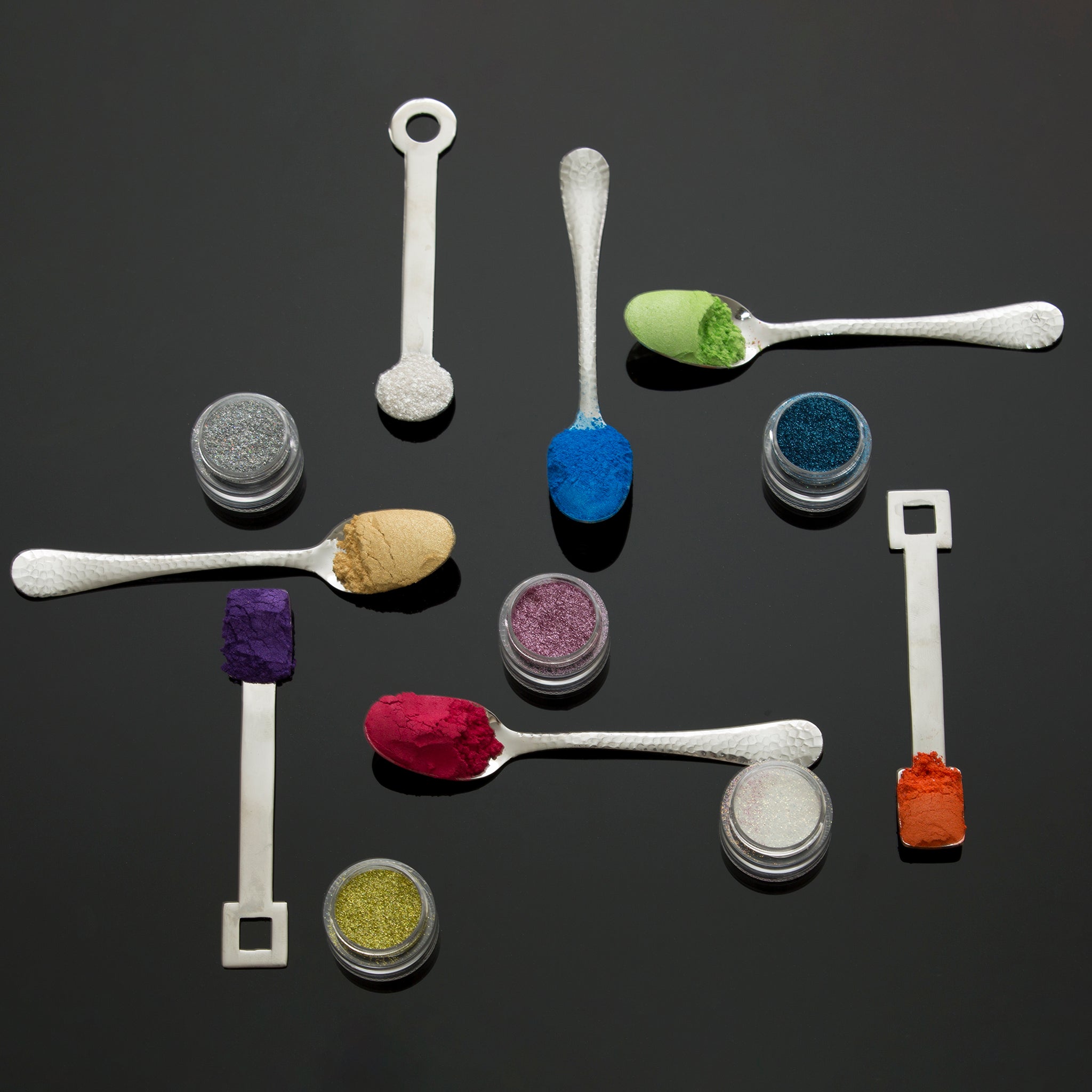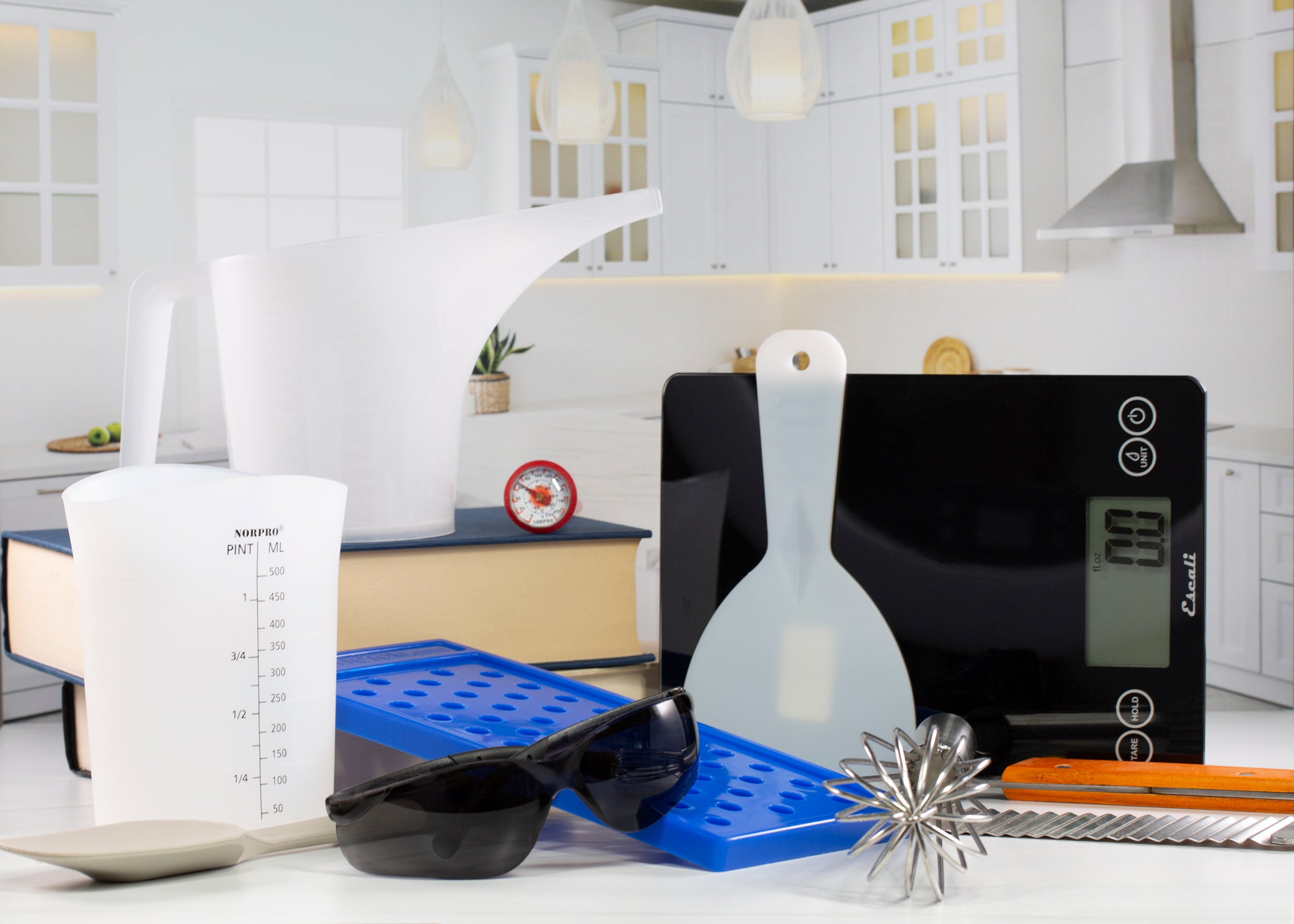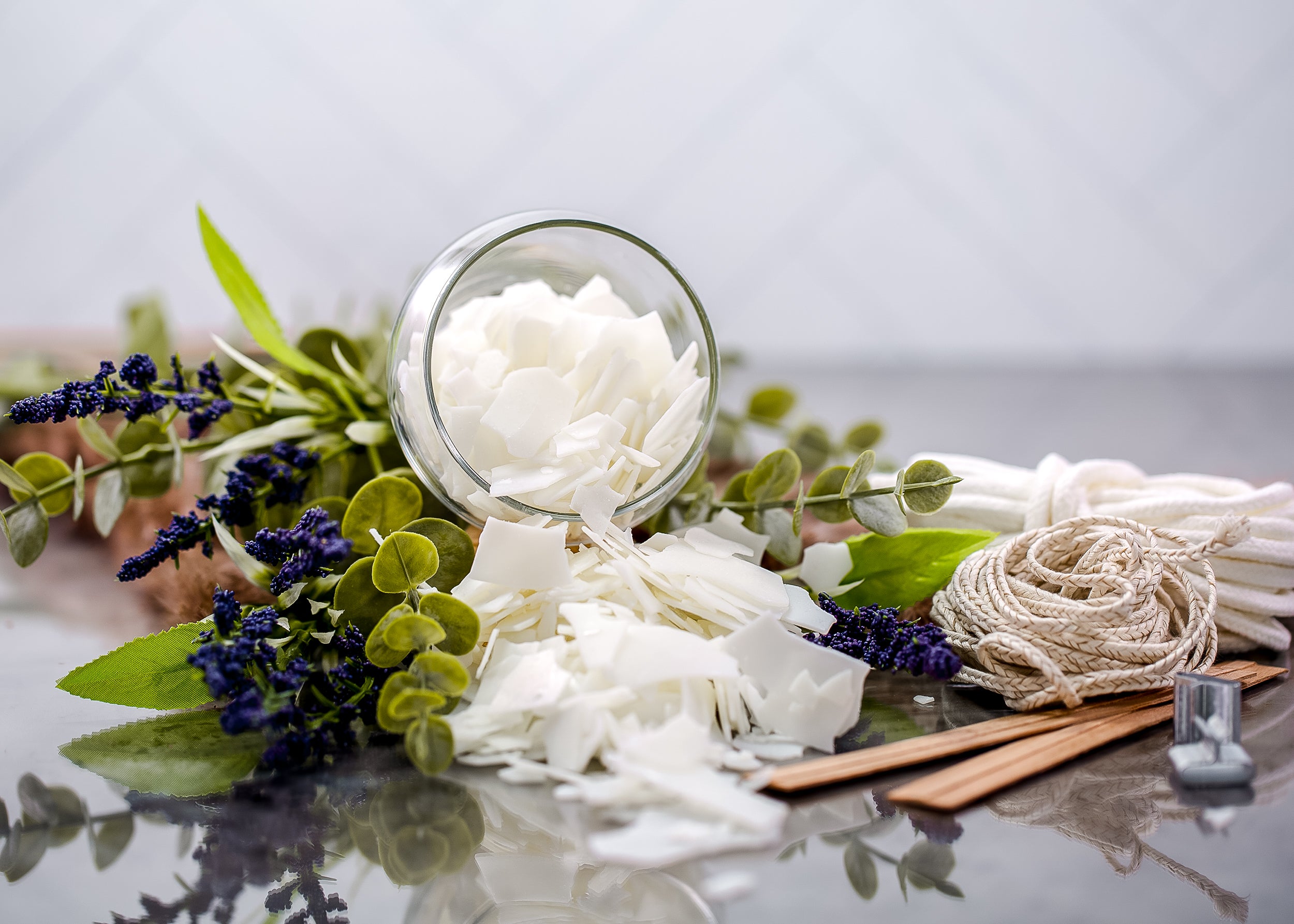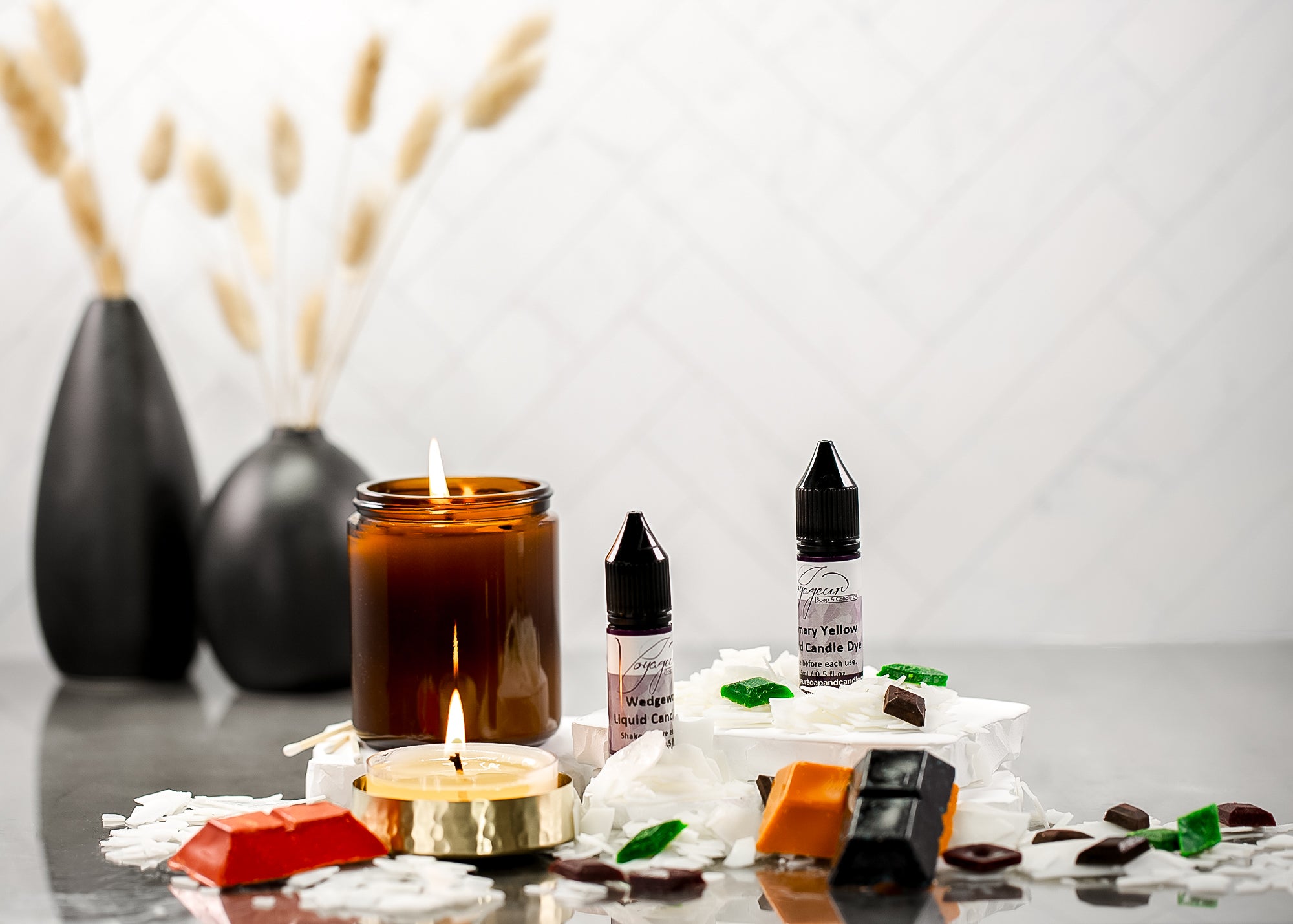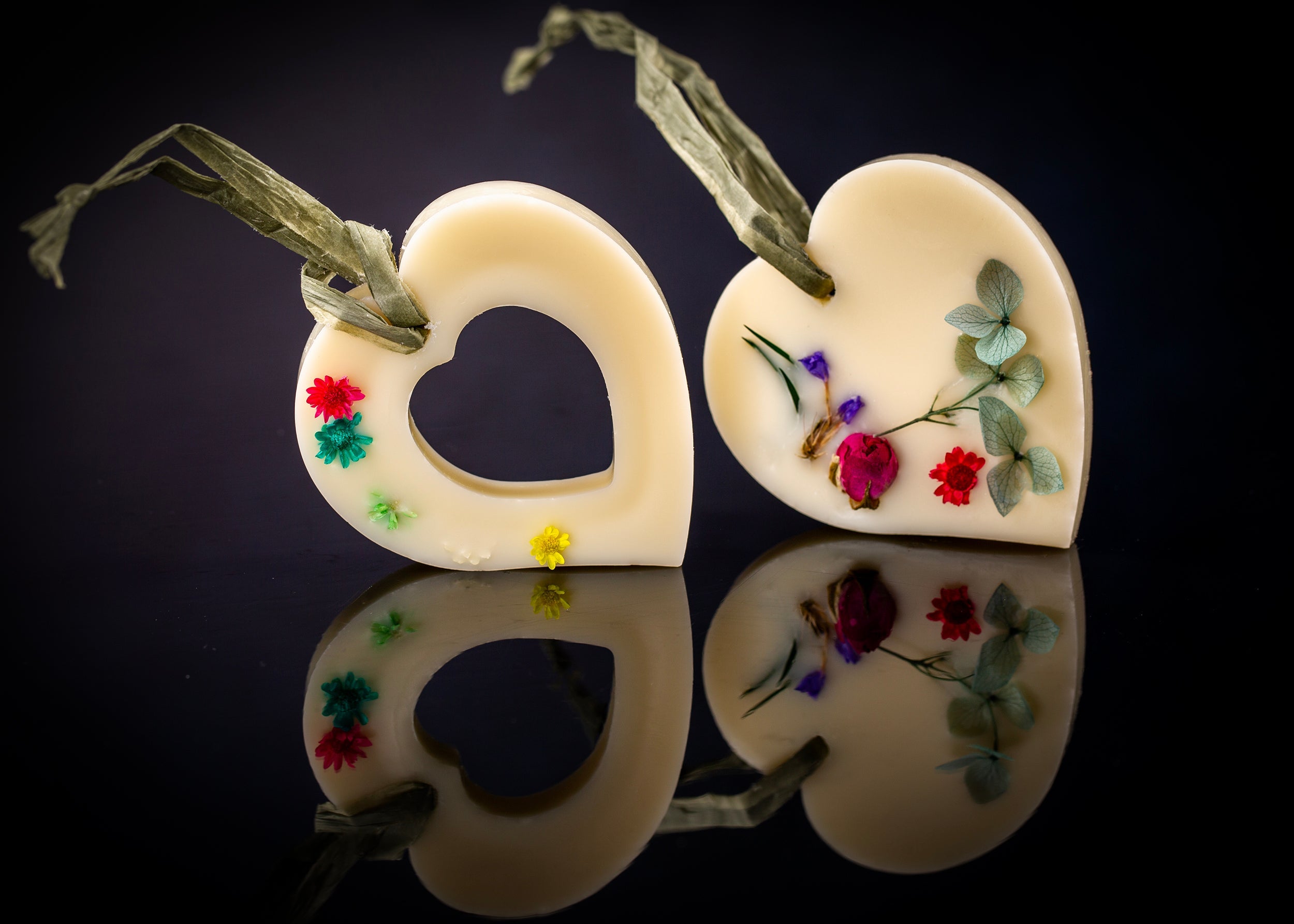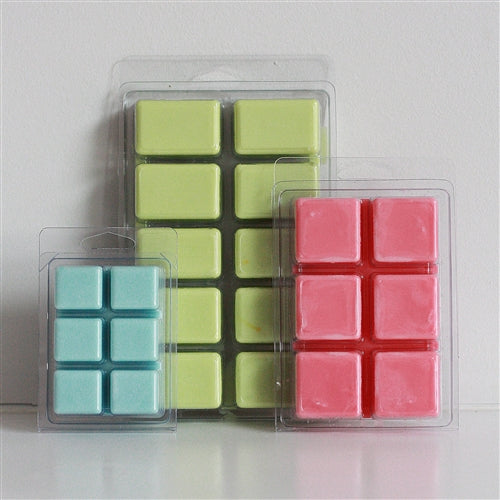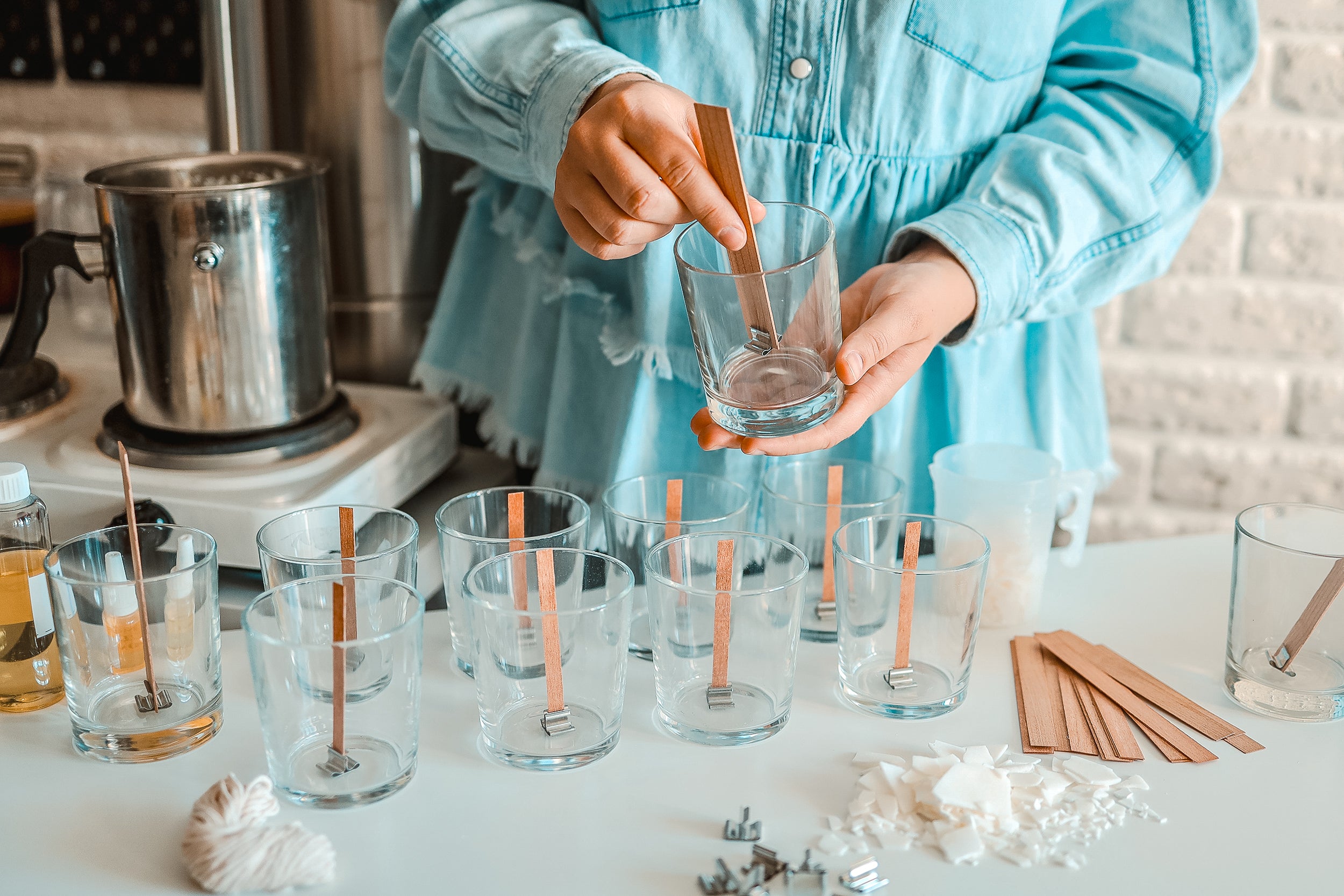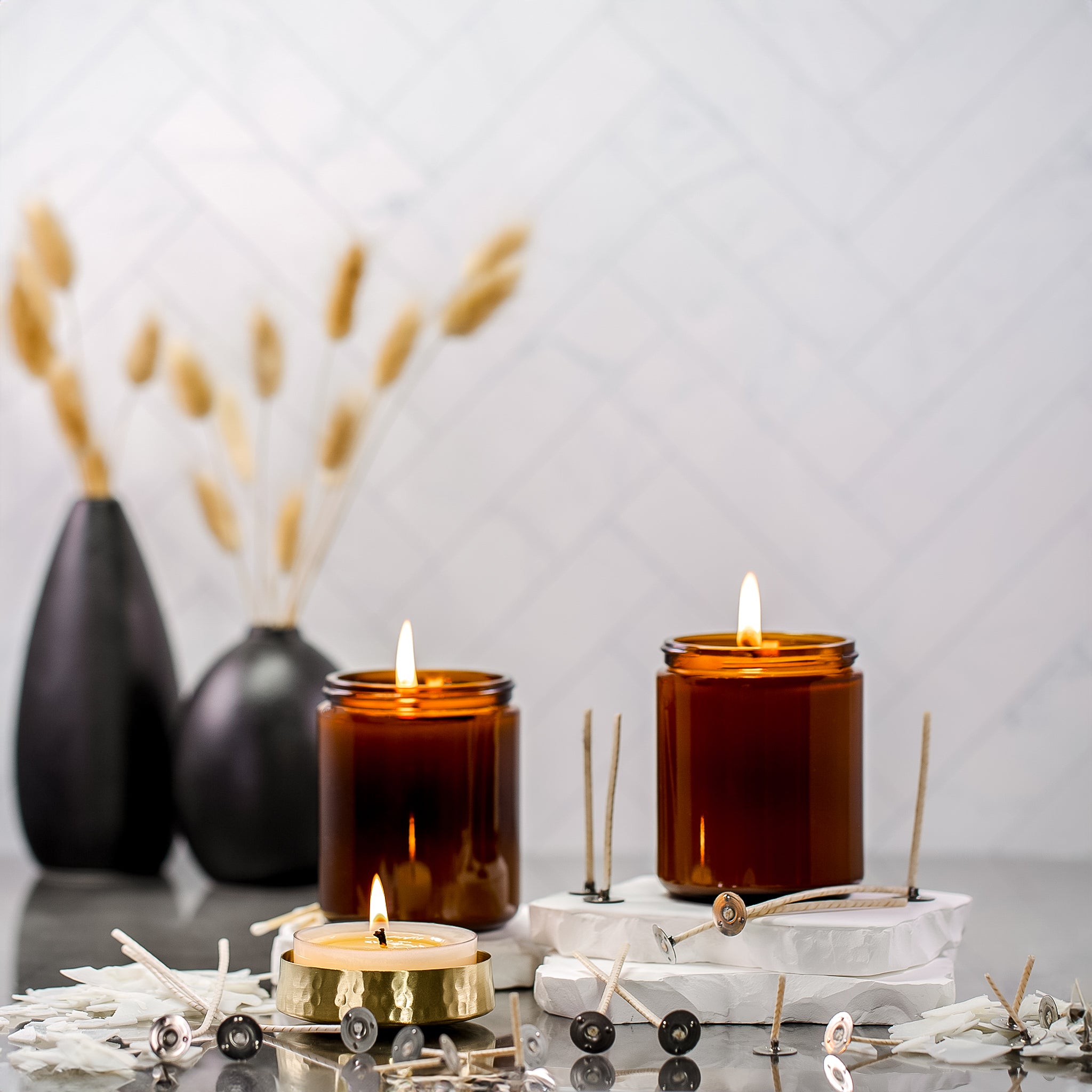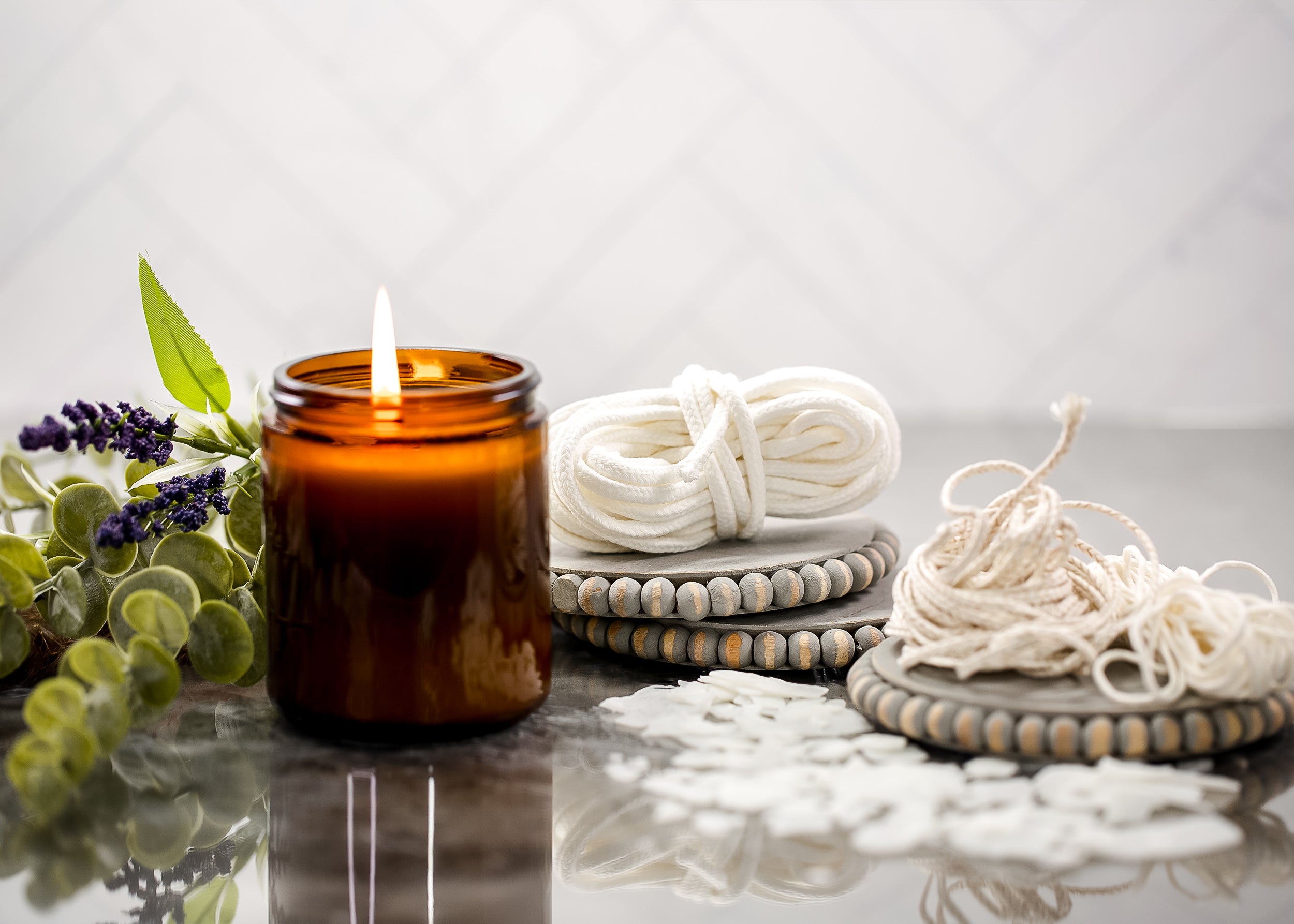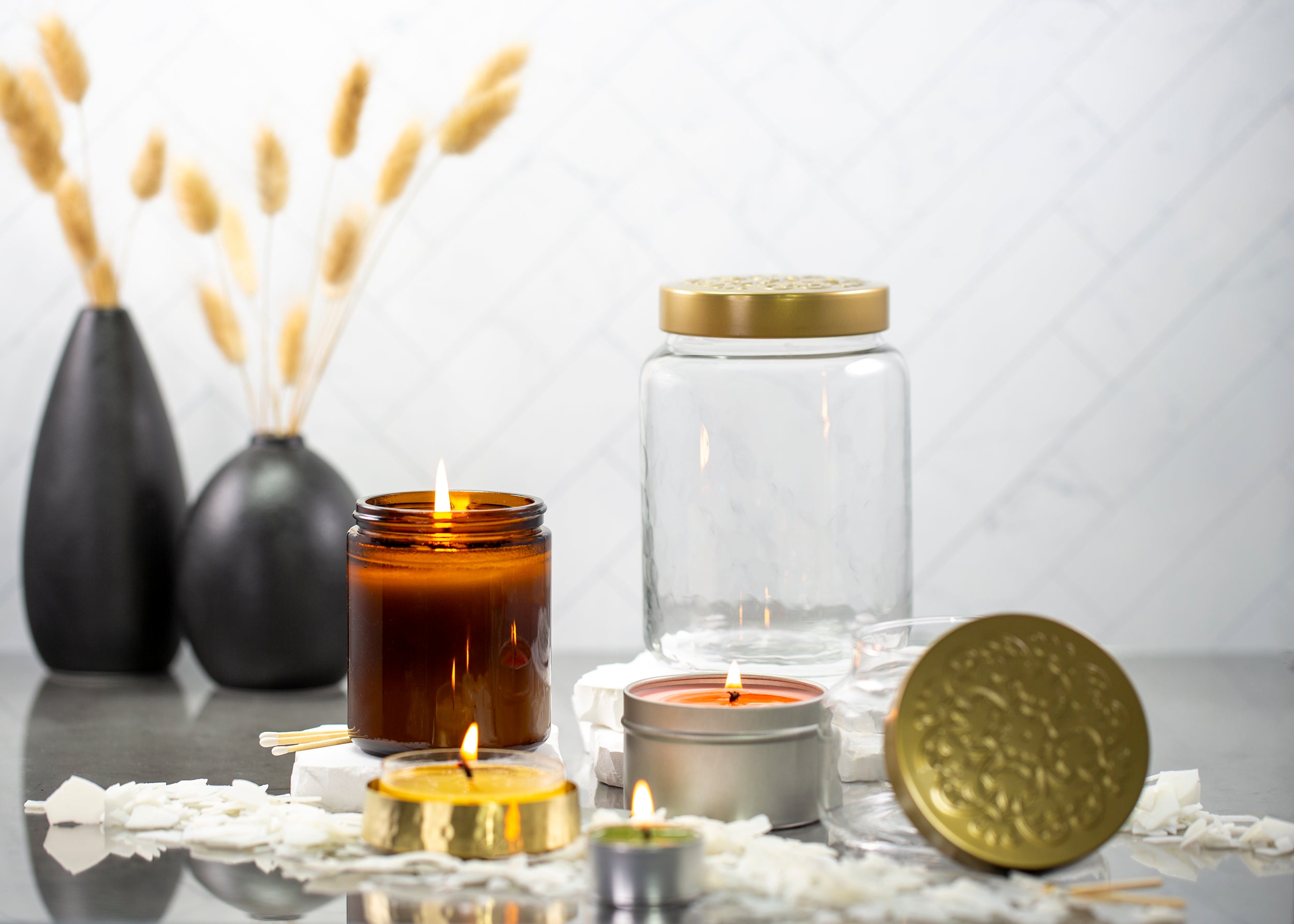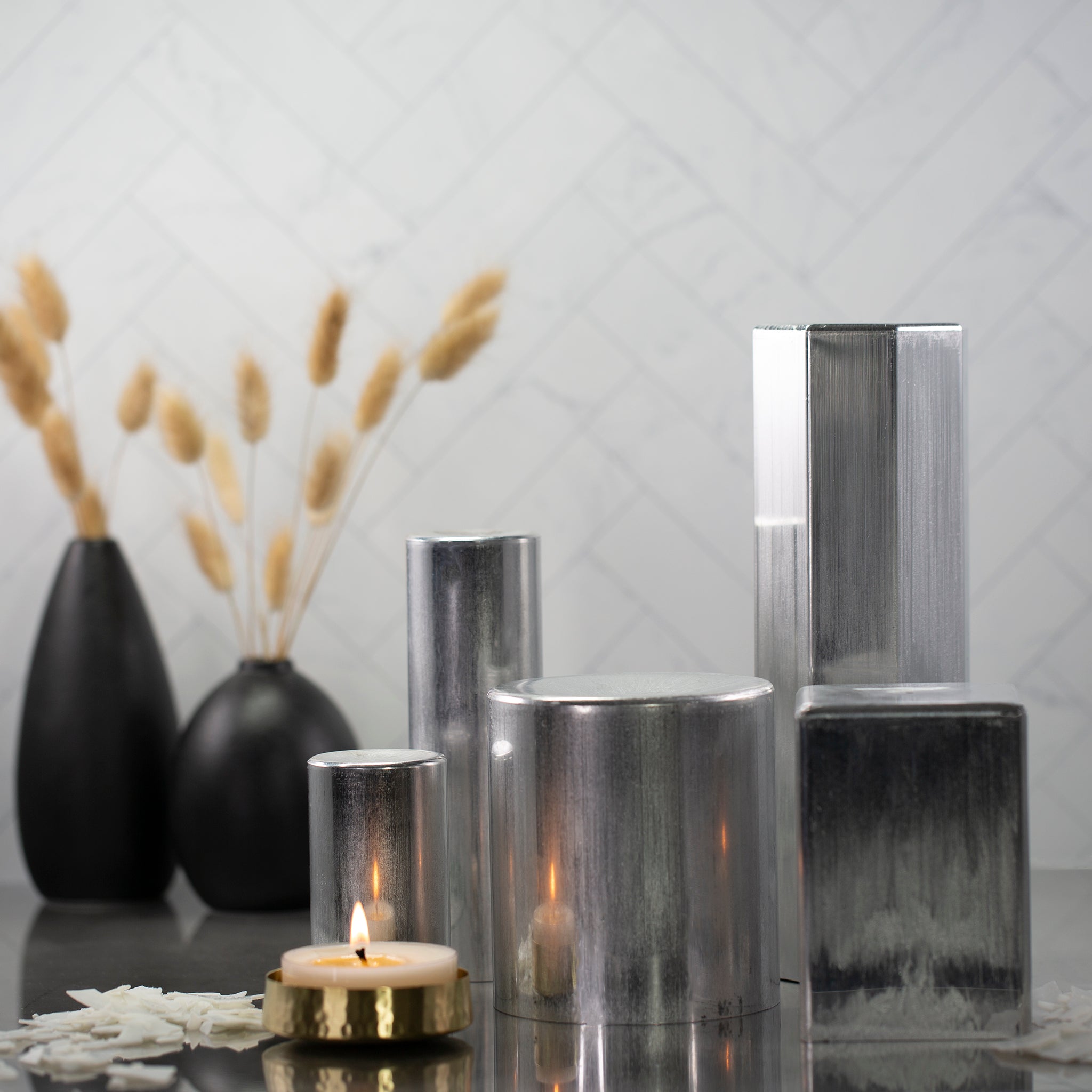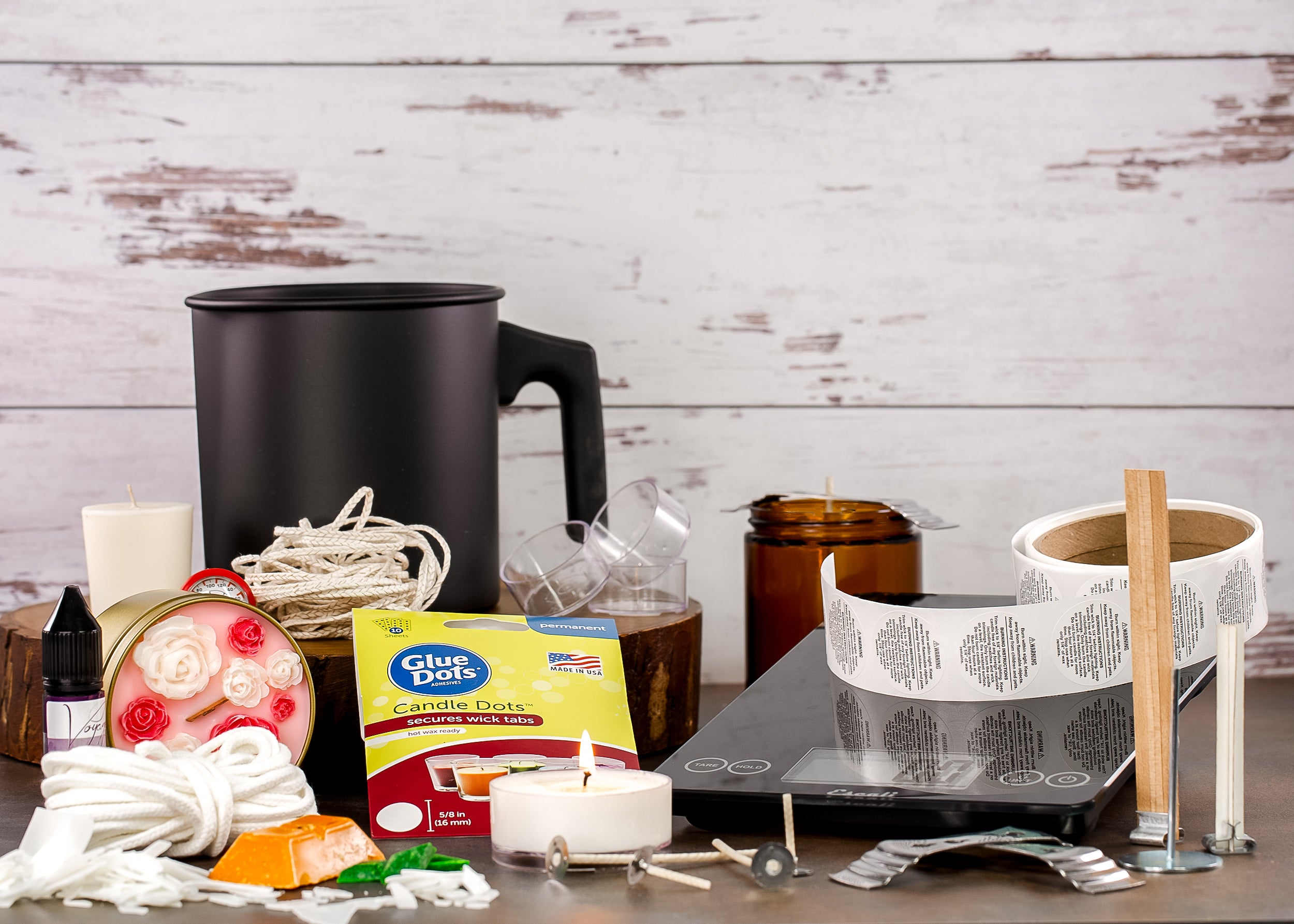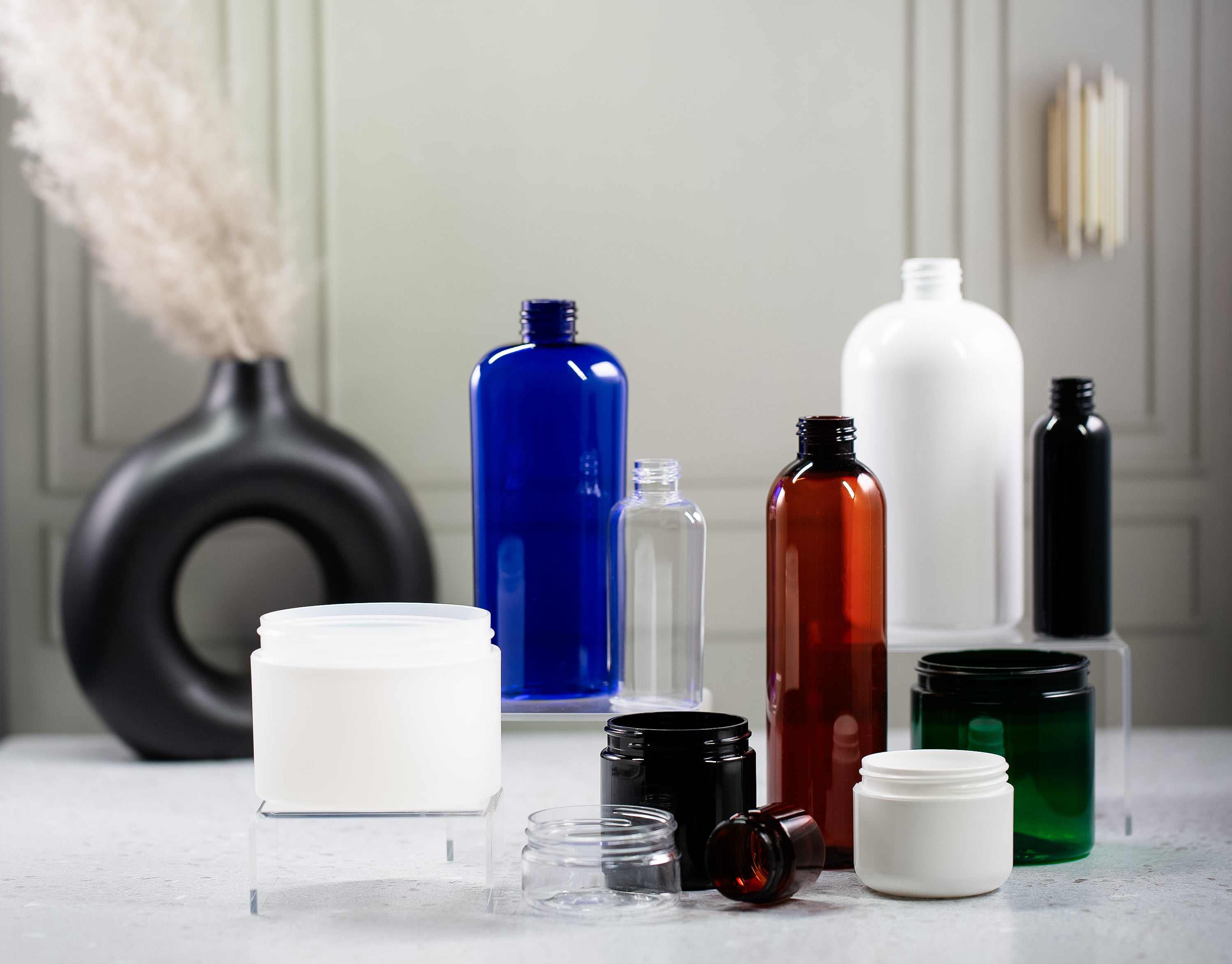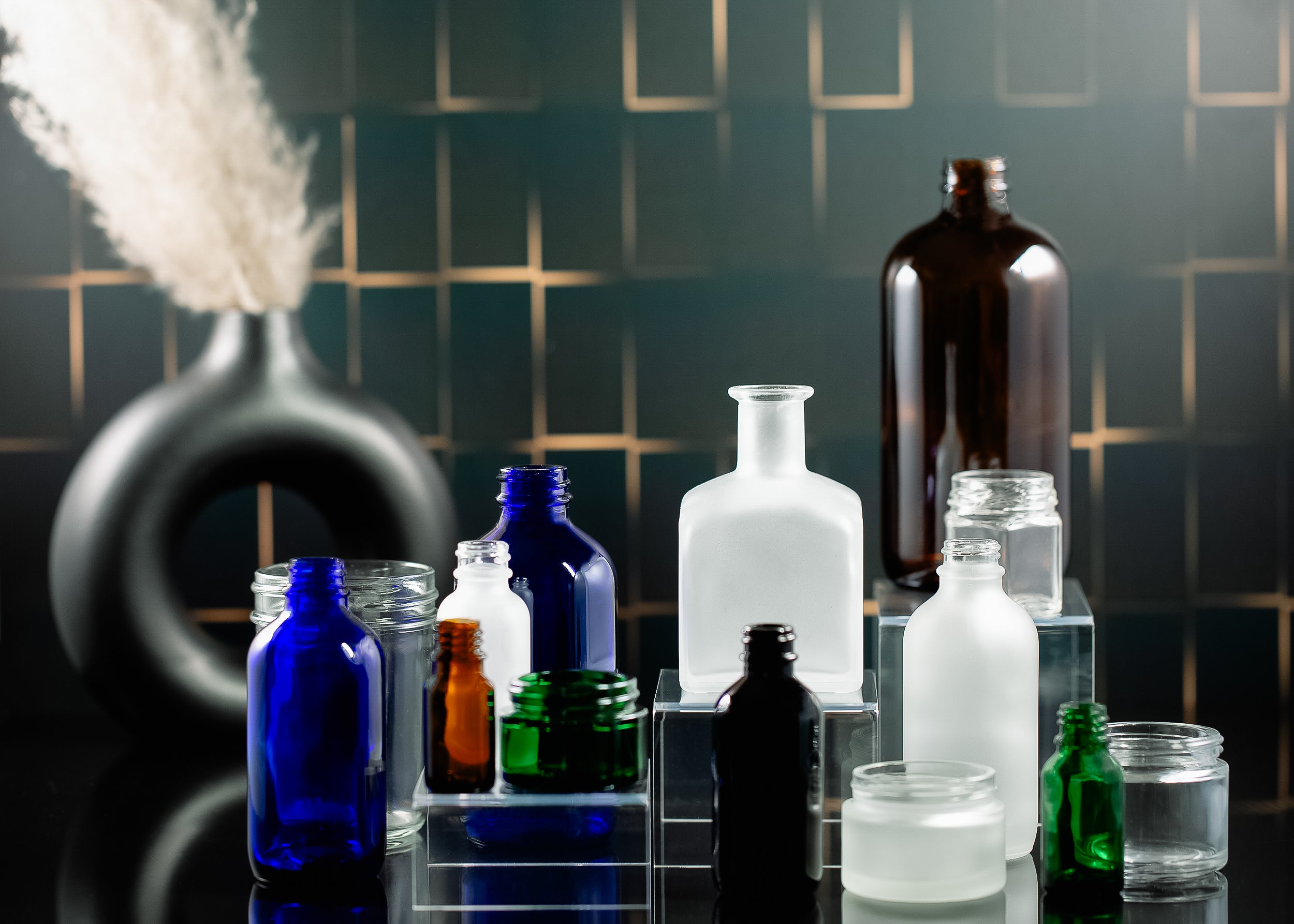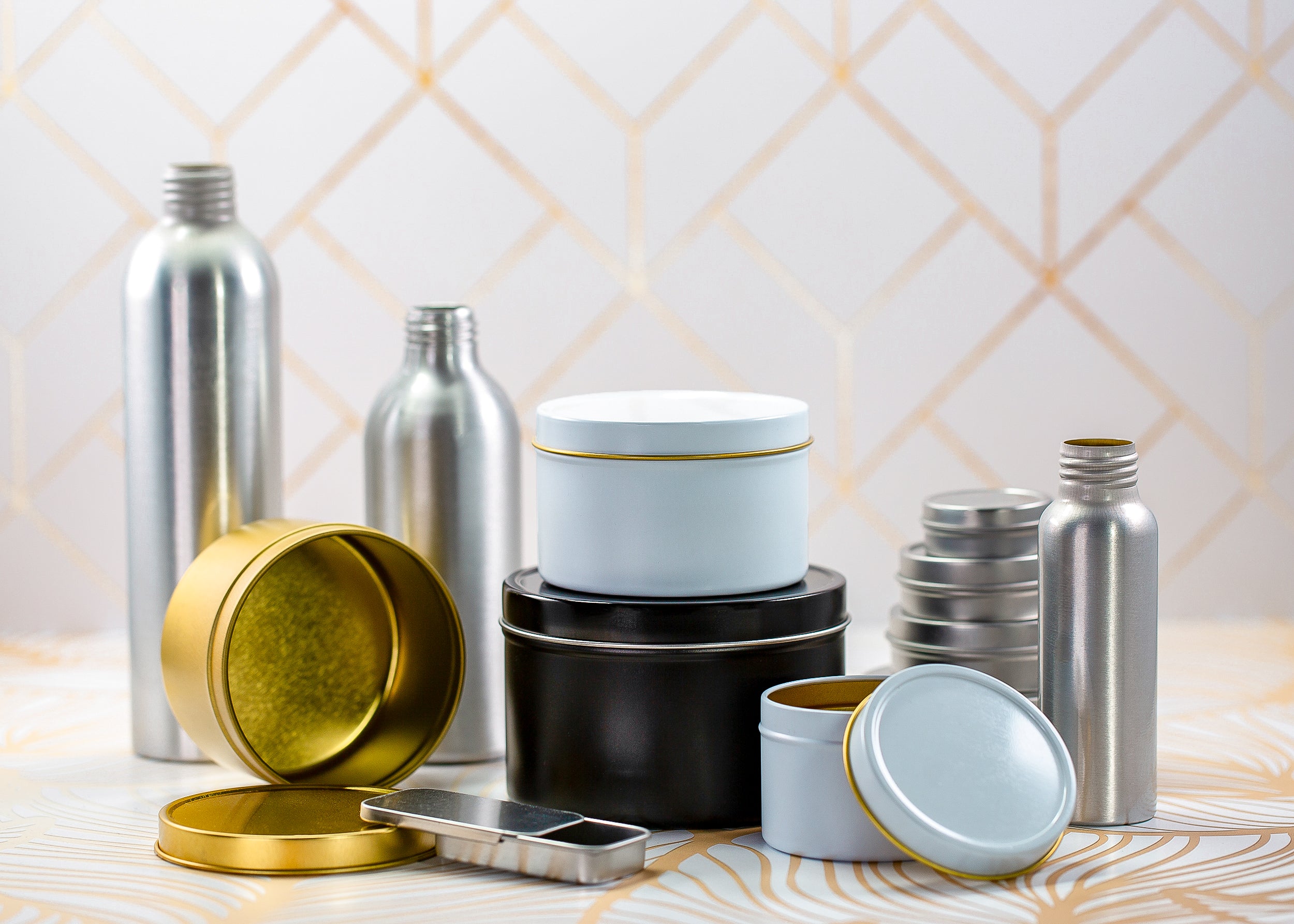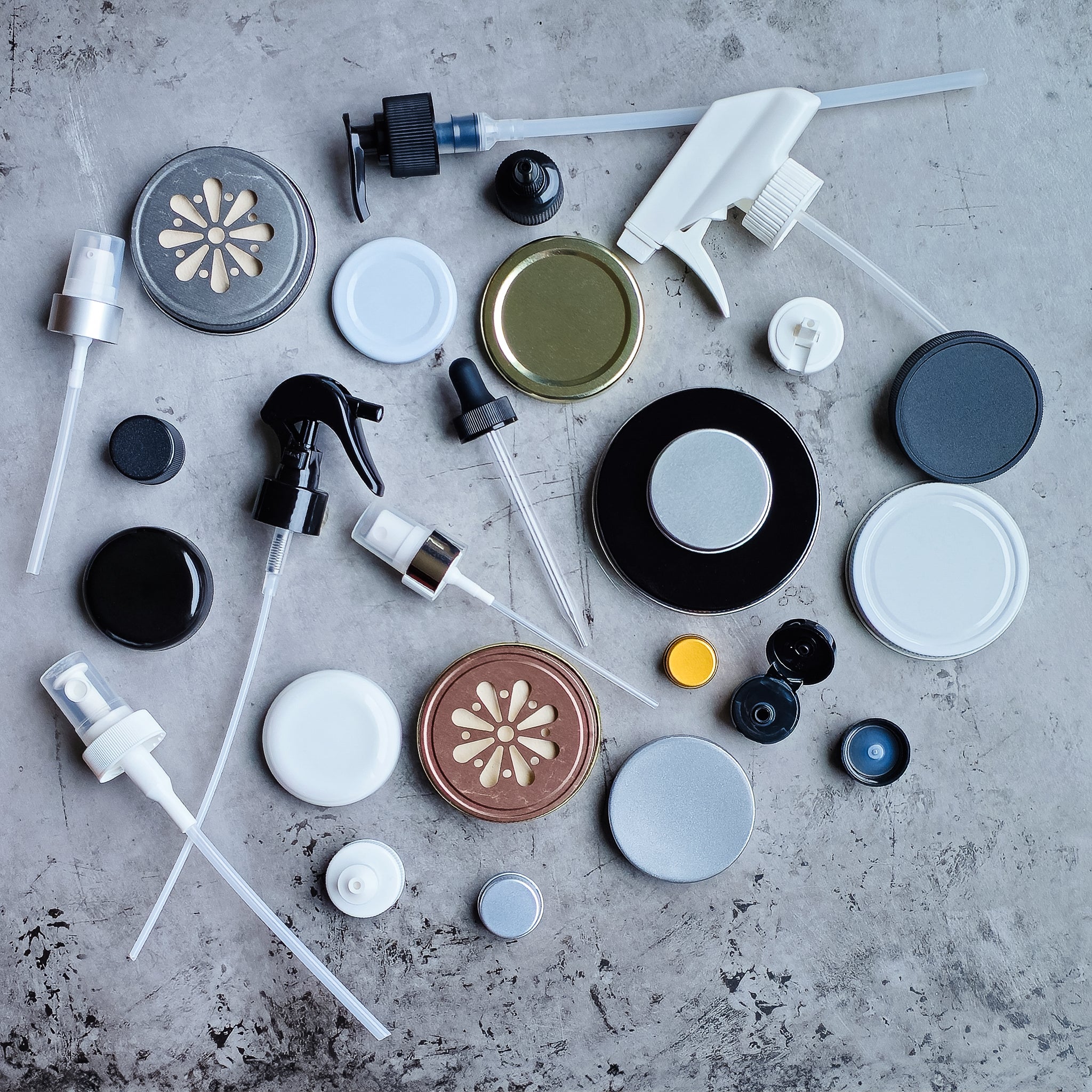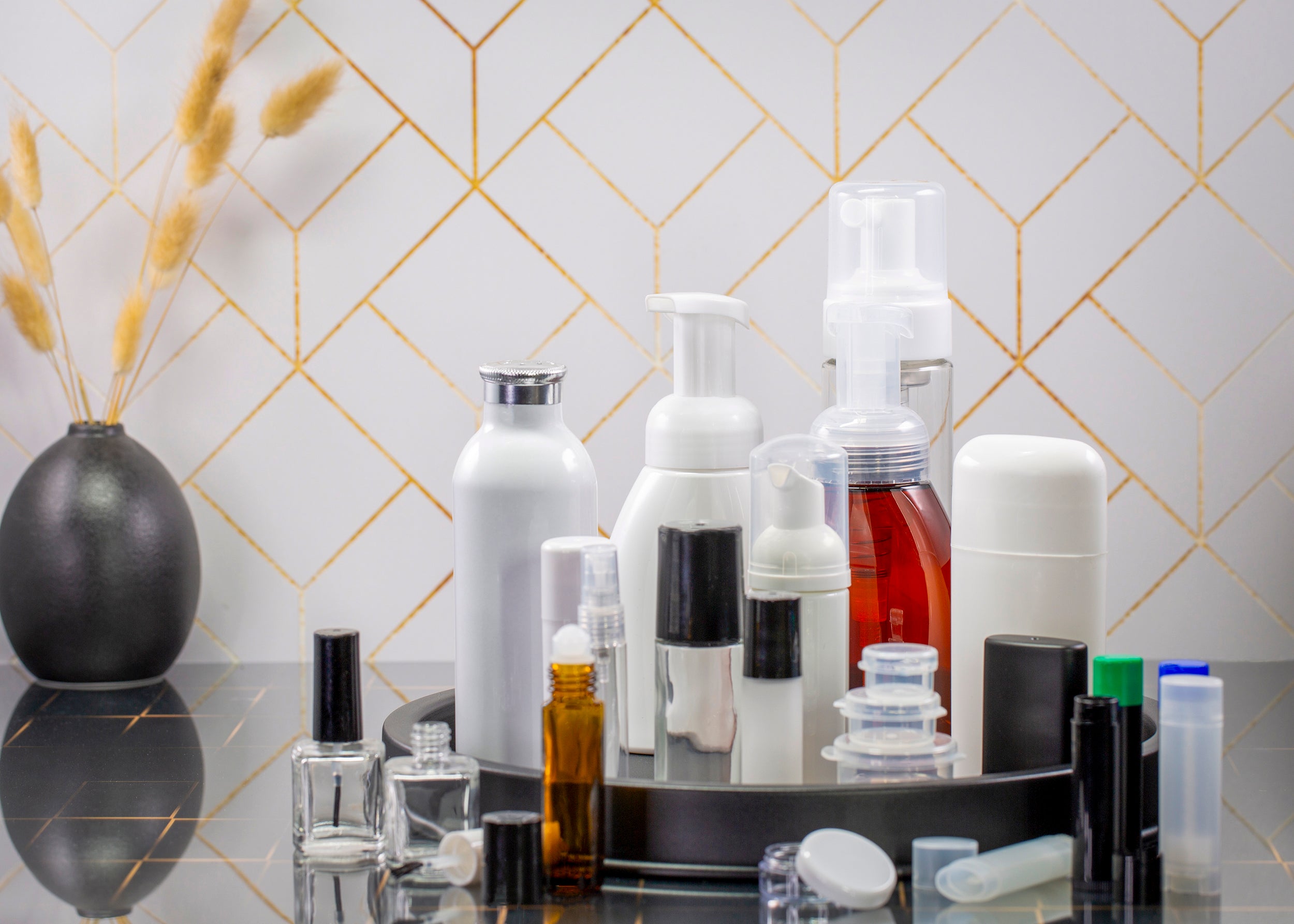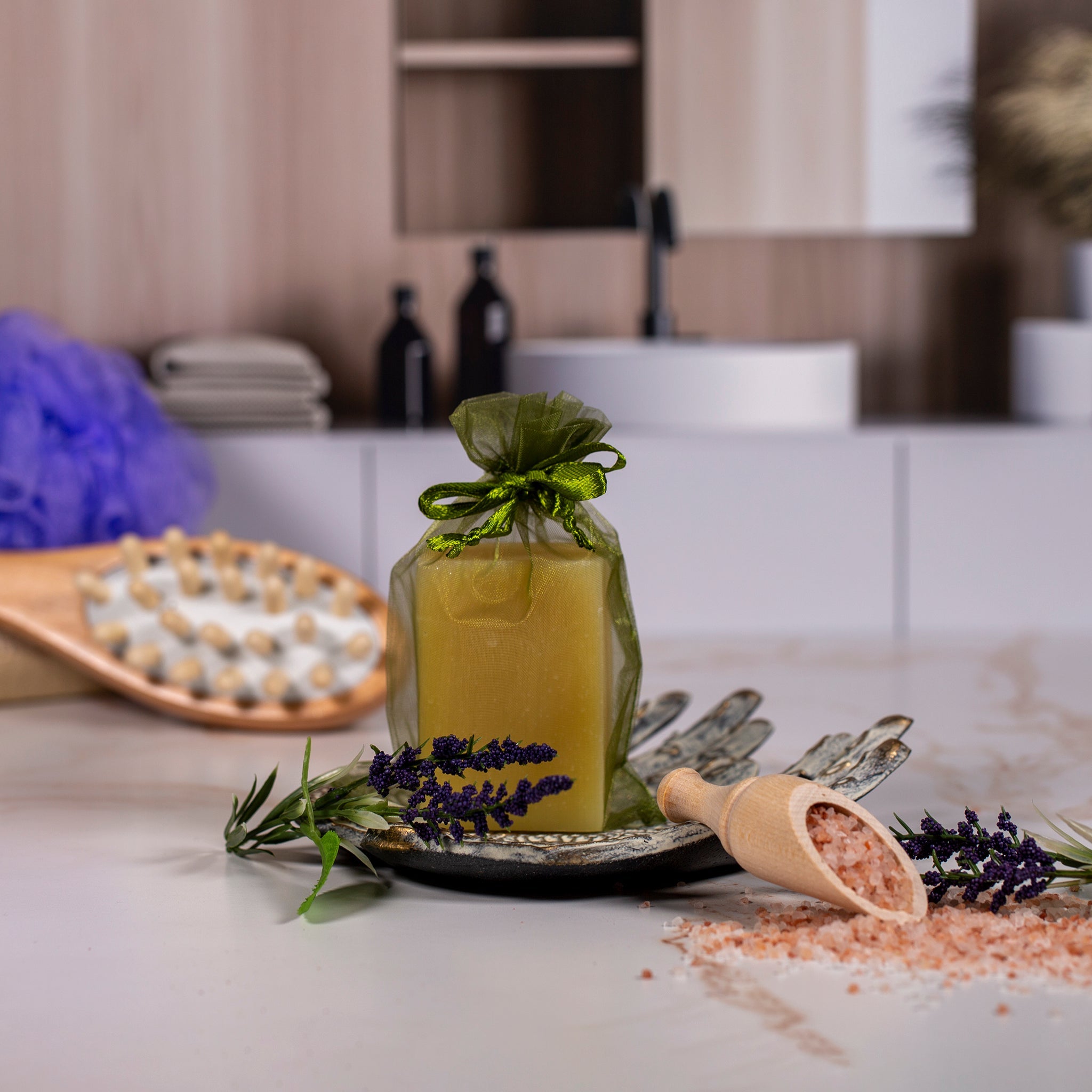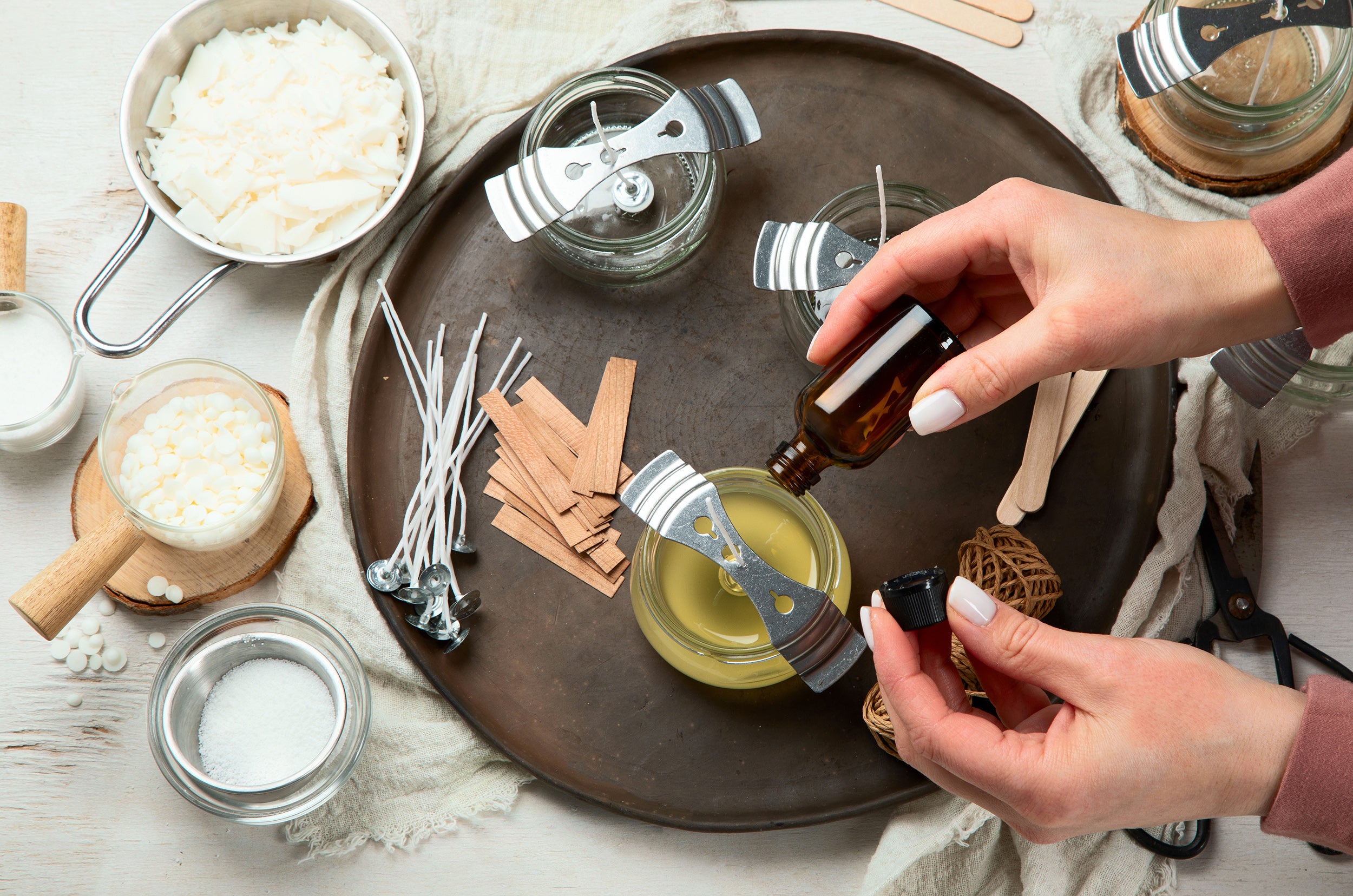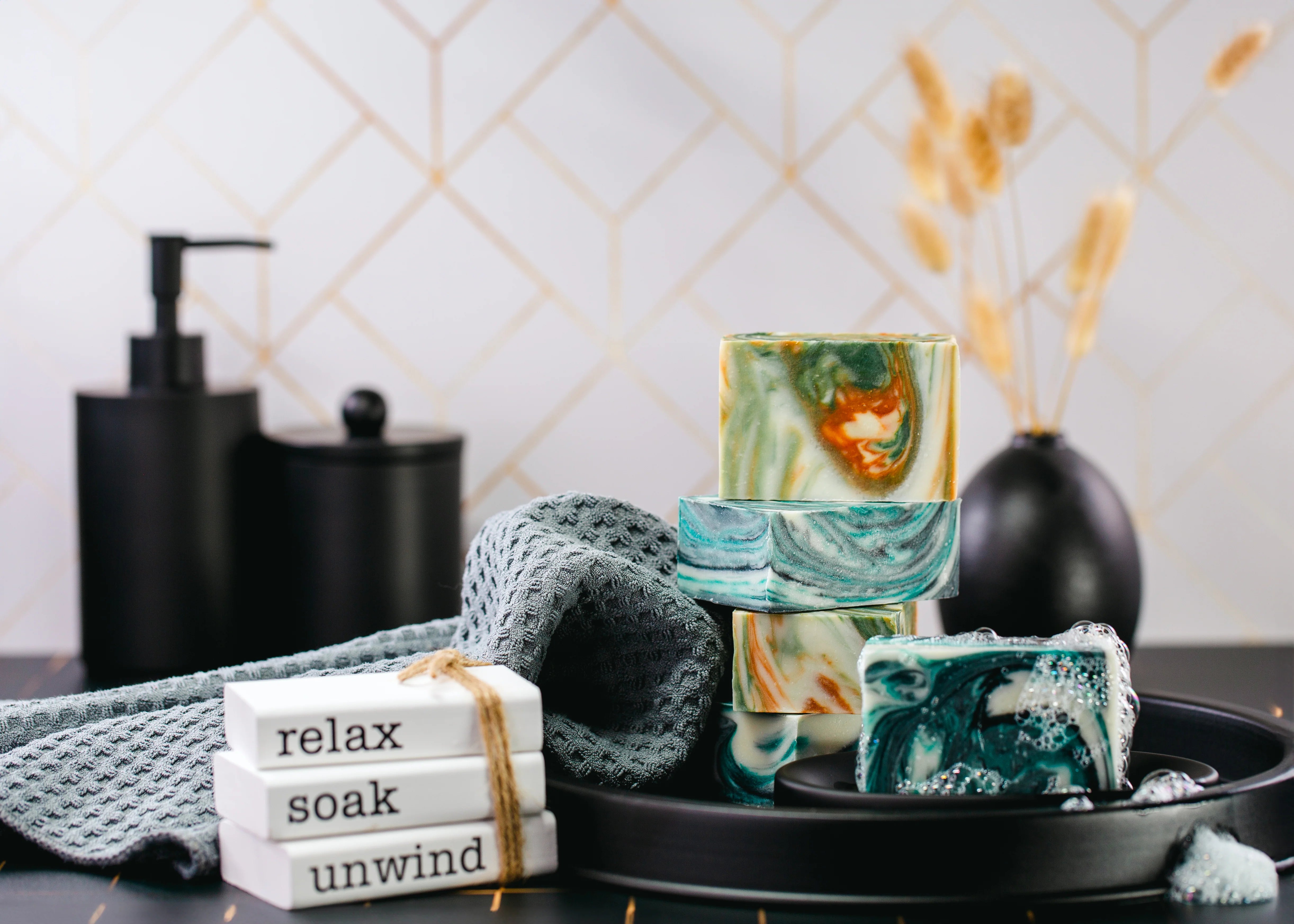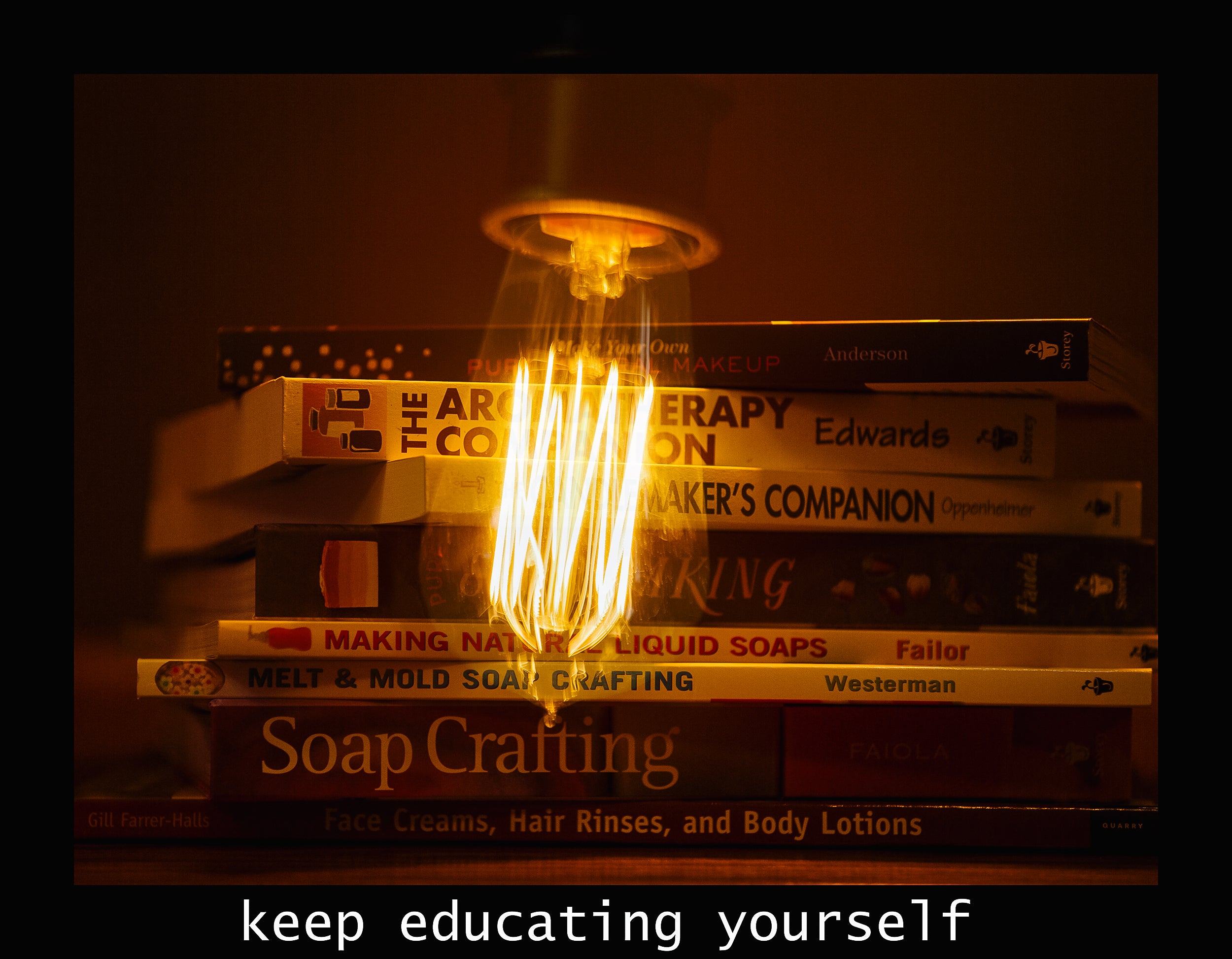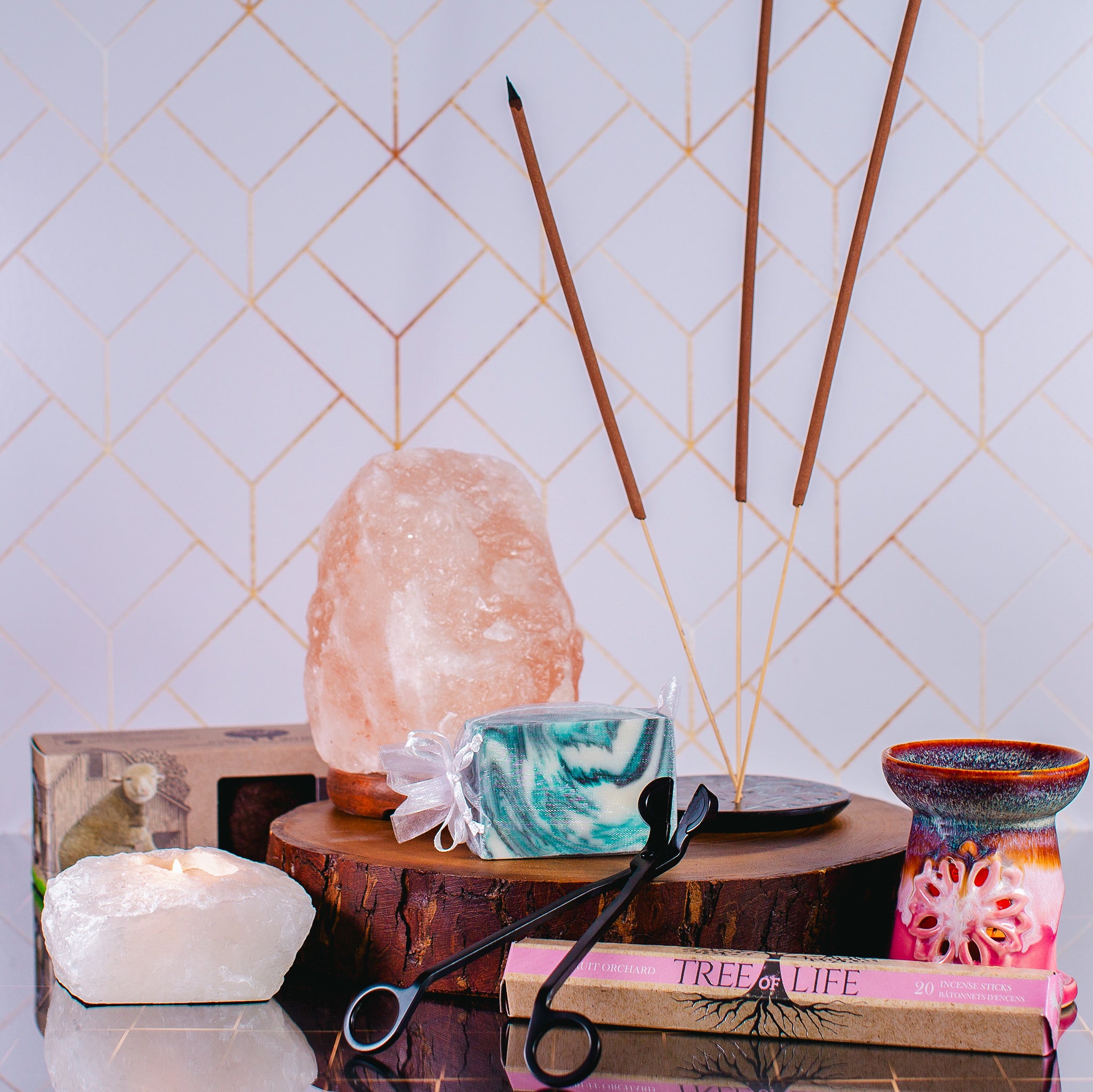Have you ever wanted to make soap dough? It's easier than you might think! With endless recipes out there, you can create a version that's palm-free or vegan if you'd like. The key is using a recipe with mostly soft oils. Surprisingly, your regular soap recipe might work perfectly! Simply make the soap batter, pour it into a container or small cavity molds, and let it sit for a day. Once unmolded, place it in a ziplock bag, and in 3 to 5 days, it's ready to be molded. This dough is perfect for crafting with your hands, tools, or silicone molds. Whether you use it as decorative embeds or within the soap, soap dough adds a unique touch to your creations. We can't wait to see your amazing designs!
Recommended Ingredients:
- Olive Oil 160g
- Coconut oil 120g
- Shea Butter 60g
- Avocado Oil 40g
- Castor Oil 20g
- Water 120g
- Lye 55g
Recommended Utensils:
- 1x easy pour cup
- 1x glass mixing cup for Lye
- 1x Airtight Container that holds approx 450g of Soap
- Ziplock bags
- 1x 0.15 cc Plastic Scoop
- Stick Blender
- 2x small Whisks
- Scale
- Spatula
- Microwave
- Gloves
- Master PRO Safety Glasses
- Long Sleeves
- 2x Thermometers
Directions:
- Step 1: Gather all the tools and ingredients to prepare your workspace. Put on your long sleeves, gloves, and eye protection.
- Step 2: Weigh out 120g of water, then carefully add the 55g of lye while stirring. The caustic lye water solution will heat up very quickly and reach high temperatures, so be extremely careful when working with and around it.
- Step 3: Now place the Lye water in a cold water bath if you want the process to be a bit faster. You will want the lye water solution to be around 120F.
- Step 4: Weigh out 60g of Shea Butter and 120g of Coconut Oil . carefully melt in a microwave.
- Step 5: Weigh into the melted oils, 40g Avocado oil, 20g Castor Oil and 160g of Olive oil.
- Step 6: Slowly heat up your oils in the microwave until they reach 120F while the Lye Water is cooling down. Keep checking the temperatures of both the Lye water and the oils to be sure they will be at the same temperature.
- Step 7: Once the Oils and Lye Water are both at 120F, slowly add the Lye water to the Oils while whisking. Now rotate between the stick blender and the whisk. But try not to stick blend more than 10 seconds at a time. As the Soap Batter thickens you can eventually see a light trace. (lines on top of the batter as you move it) When you see a light trace you will not need to blend with the stick blender anymore at this point.
- Step 8: Mix 3g of Water Soluble Titanium Dioxide into 2g of Water. Then pour the mixture into the Soap batter to lighten up the soap.
- Step 9: Once fully mixed , pour the soap batter into your container and secure the lid tightly.
- Step 10: Leave the soap in the container for 24h. We placed it on a heating pad and covered it with a towel to force it into gel phase. That will ensure we will end up with a nice white shade.
- Step 11: Scoop Soap dough out and transfer into a ziplock bag ,seal it and let sit for another 3 days at least.
- Step 12: Test consistency of the soap dough by rolling a small amount into a ball between your hands,if its not sticky and easily pliable it's ready to mold.
- Step 13: Add colorant such as mica or clay to it. Depending on intensity of desired color start with a small amount and then add more until the color is archived.
- Step 14: Mold Dough into desired shapes, then use as embeds on top of soap or inside!
- Step 15: The Soap dough will stay pliable as long as it's kept in an airtight container or ziplock bag for up to 6 weeks.
Tips:
Lye Safety:
Lye, in all its forms, is a caustic substance. It can be harmful if it’s not handled with care, and you cannot make soap without it.
Follow this Lye Safety list to keep yourself and others, as well as your home protected.
Soap Making Safety Checklist:
- Wear eye protection.
- Protect hands with lye-resistant gloves.
- Use gloves that are also essential/fragrance oil resistant: rubber, nitrile or latex.
- Wear long-sleeved clothes that cover your skin, as well as long pants and closed shoes.
- Wear an apron.
- Consider wearing a respirator mask while mixing the lye solution.
- Work in a place where you will be undisturbed.
- Keep children and pets out of the room while soap making.
- Ensure your workspace is clean and clear of clutter.
- Prepare your work space for your project.
- Use lye and heat-resistant equipment.
- Make soap on a surface that won’t react with lye.
- Keep paper towels on hand.
- When making soap, work near a sink so that water is always available.
- Mix the lye solution in a well-ventilated place.
- Store lye in a safe place.
- Protect skin and eyes from essential and fragrance oils.
- Only use glass, metal, ceramic, or PPE containers/utensils with essential and fragrance oil.
- When your soap is finished, keep protective gear on to clean your equipment.




